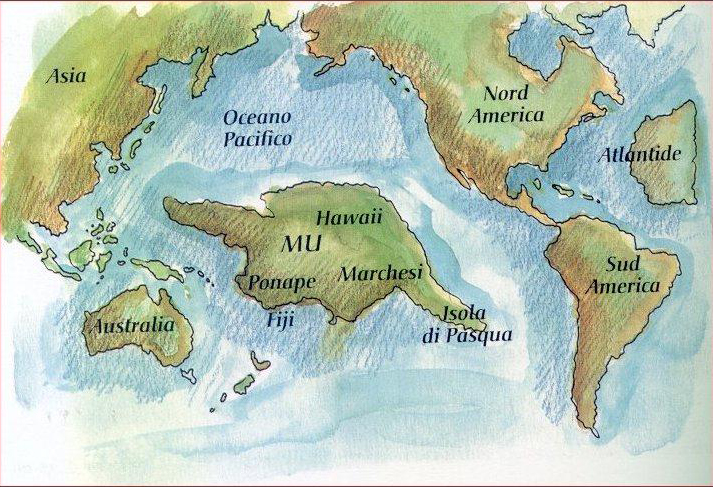

The 1931 edition states that “ all matter of science in this work are based on translations of two sets of ancient tablets“: the clay tablets he read in India, and a collection of 2,500 stone tablets that had been uncovered by William Niven in Mexico. Having mastered the language himself, Churchward found out that they originated from “ the place where man first appeared-Mu“. The tablets were written in either Burma or in the lost continent of Mu itself, according to the high priest.
The lost civilization of mu series#
Other popular books in the series are The Children of Mu ( 1931) and The Sacred Symbols of Mu ( 1933).Ĭhurchward claimed that “ more than fifty years ago“, while he was a soldier in India, he befriended a high-ranking temple priest who showed him a set of ancient “sunburnt” clay tablets, supposedly in a long-lost “ Naga-Maya language” which only two other people in India could read.Ĭhurchward convinced the priest to teach him the dead language and decipher the tablets by promising to restore and store the tablets, for Churchward was an expert in preserving ancient artifacts. Mu, as an alternative name for a lost Pacific Ocean continent previously identified as the hypothetical Lemuria, was later popularized by James Churchward in a series of books, beginning with Lost Continent of Mu, the Motherland of Man ( 1926), re-edited later as The Lost Continent Mu ( 1931). Other refugees supposedly fled to Central America and became the Maya.


Le Plongeon claimed that the civilization of ancient Egypt was founded by Queen Moo, a refugee from the land’s demise. The description of that land given to Solon by Sonchis, priest at Sais its destruction by earthquakes, and submergence, recorded by Plato in his Timaeus, have been told and retold so many times that it is useless to encumber these pages with a repetition of it. In our journey westward across the Atlantic we shall pass insight of that spot where once existed the pride and life of the ocean, the Land of Mu, which, at the epoch that we have been considering, had not yet been visited by the wrath of Human, that lord of volcanic fires to whose fury it afterward fell a victim. Le Plongeon identified this lost land with Atlantis and, following Ignatius Donnelly in Atlantis: The Antediluvian World ( 1882), identified it as a continent that had once existed in the Atlantic Ocean: Brasseur believed that a word which he read as Mu referred to a land that had been submerged by a catastrophe. Le Plongeon got the name “ Mu” from Charles Étienne Brasseur de Bourbourg, who, in 1864, mistranslated what was then called the Troano Codex ( now called “Madrid Codex”) using the de Landa alphabet. He claimed the civilization of Yucatán was older than those of Greece and Egypt and told the story of an even older continent. He claimed that he had translated the first copies of the Popol Vuh, the sacred book of the K’iche’ from the ancient Mayan using Spanish.


 0 kommentar(er)
0 kommentar(er)
